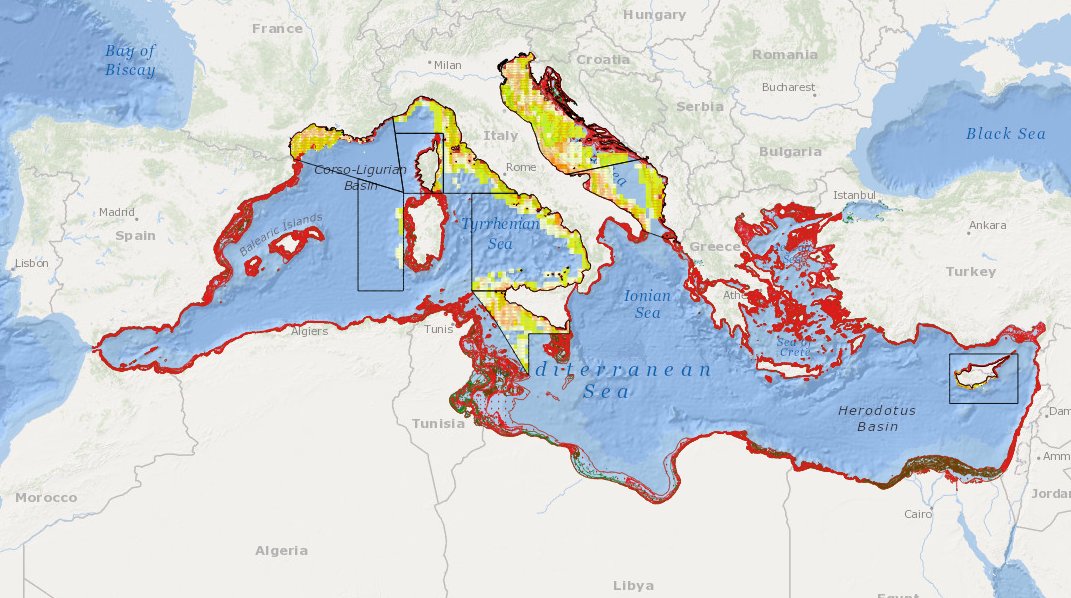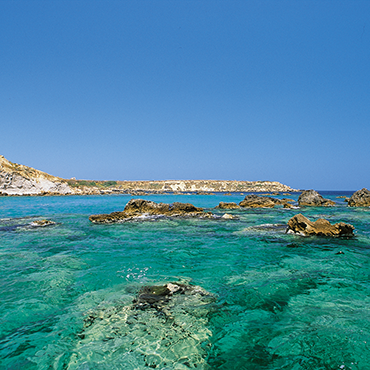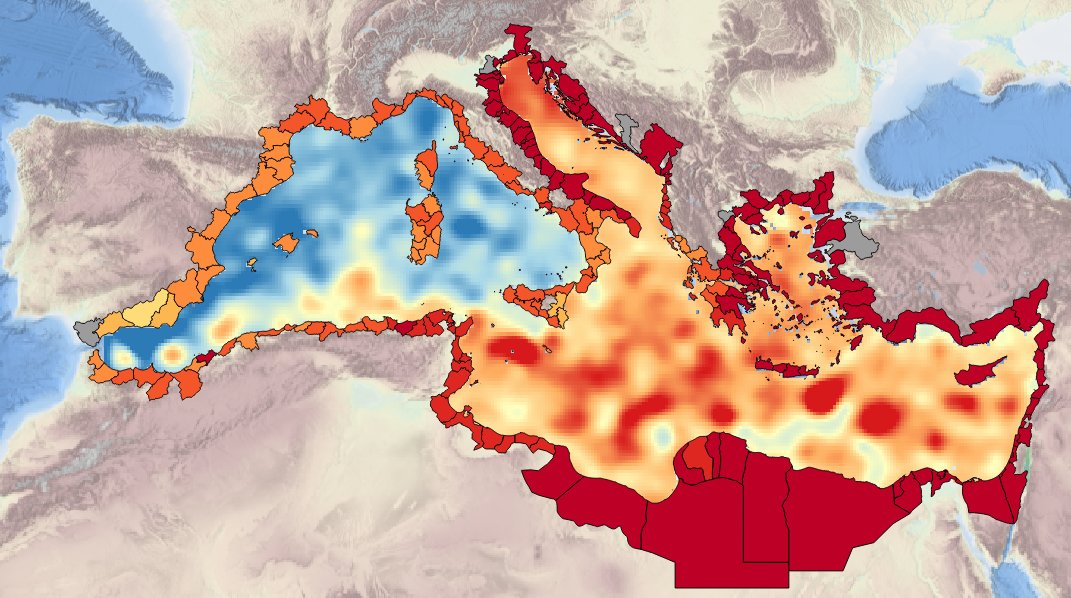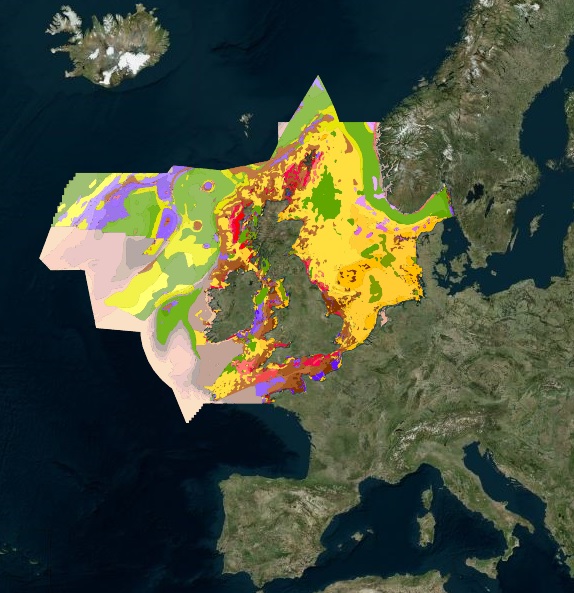ESRI Shapefile
Type of resources
Available actions
Topics
Keywords
Contact for the resource
Provided by
Years
Formats
Representation types
Update frequencies
status
Scale
Resolution
-

Historiquement l'Agence Technique Départementale a été créée pour accompagner les maîtres d'ouvrage dans la réalisation des bâtiments ou infrastructures communaux. Elle a depuis développé un savoir-faire particulier grâce à une équipe technique performante pour accompagner les élus dans l'aide à la décision ou plus largement dans les réflexions à mener sur leur territoire. Aujourd'hui, avec le désengagement progressif des services d'ingénierie de l'Etat, l'ATD permet de conserver pour les collectivités Territoriales qui y adhèrent une offre d'ingénierie publique Territoriale compétente. Les missions statutaires constituées par les études de faisabilité ou de simple diagnostic sont désormais complétées par des missions d'assistance technique en phase pré-opérationnelles réalisées uniquement dans le cadre de prestations intégrées. L'ensemble de ces missions reste strictement circonscrit dans la sphère du maître d'ouvrage, l'ATD n'assurant pas de mission de maîtrise d'œuvre.
-
The impact of fishing on benthic habitats has previously been investigated however; a conclusive classification of potentially sensitive habitats per gear type does not exist. Currently only qualitative estimates of fishery impact using Broad-scale habitat maps are possible. Here a sensitivity matrix using both fishing pressure (fishing Intensity) and habitat sensitivity is employed to define habitat disturbance categories. The predominant fishing activities associated with physical abrasion of the seafloor area are from bottom contacting towed fishing gear. The swept area of the aforementioned gear in contact with the seabed is generally considered a function of gear width, vessel speed and fishing effort (ICES. 2015). The varying characteristics of fishing gear, their interaction with the sea floor and species being targeted; provide scope for differing interactions with subsurface (infaunal) and surface (epifaunal) dwelling communities. An evaluation of the abrasion pressure and habitat sensitivity split into surface and subsurface pressure allows greater insight to the ecological effects. Fishing intensity was calculated annually and based on the area of sea floor being swept (or swept area ratio SAR) by gear type. Calculations are based on SAR’s of gear types per area, per year. Fishing pressure ranks and habitat sensitivity ranks obtained from WGSFD working group (01 WGSFD - Report of the Working Group on Spatial Fisheries Data 2015) can be incorporated within a GIS environment to existing ICES fisheries data to provide habitat disturbance maps (fishing pressure maps+ habitat sensitivity maps) ICES. 2015. Report of the Working Group on Spatial Fisheries Data (WGSFD), 8–12 June 2015, ICES Headquarters, Copenhagen, Denmark. ICES CM 2015/SSGEPI:18. 150 pp.
-
MEDSEA_CH5_Product_5 / Change level of disturbance from VMS data combined with habitat vulnerability

to deliver maps showing the extent of the trawling fishing grounds for identifying the changes in level of disturbance over the past ten years and identifying the gaps of fishing vessels’ tracking systems in the Mediterranean Sea
-

-

-

Description ot the spatial layers attributes of sea level trend for the last 50 and 100 years for the Mediterranean basin and for each NUTS3 region along the coast.
-
Proposed regional conservation areas in the Mediterranean
-
Temporal series (annual mean values) and Long term Average (LTA) of water discharge for each river mouth where in situ data is available. Different sources can be mixed if any.
-

-

 Catalogue PIGMA
Catalogue PIGMA